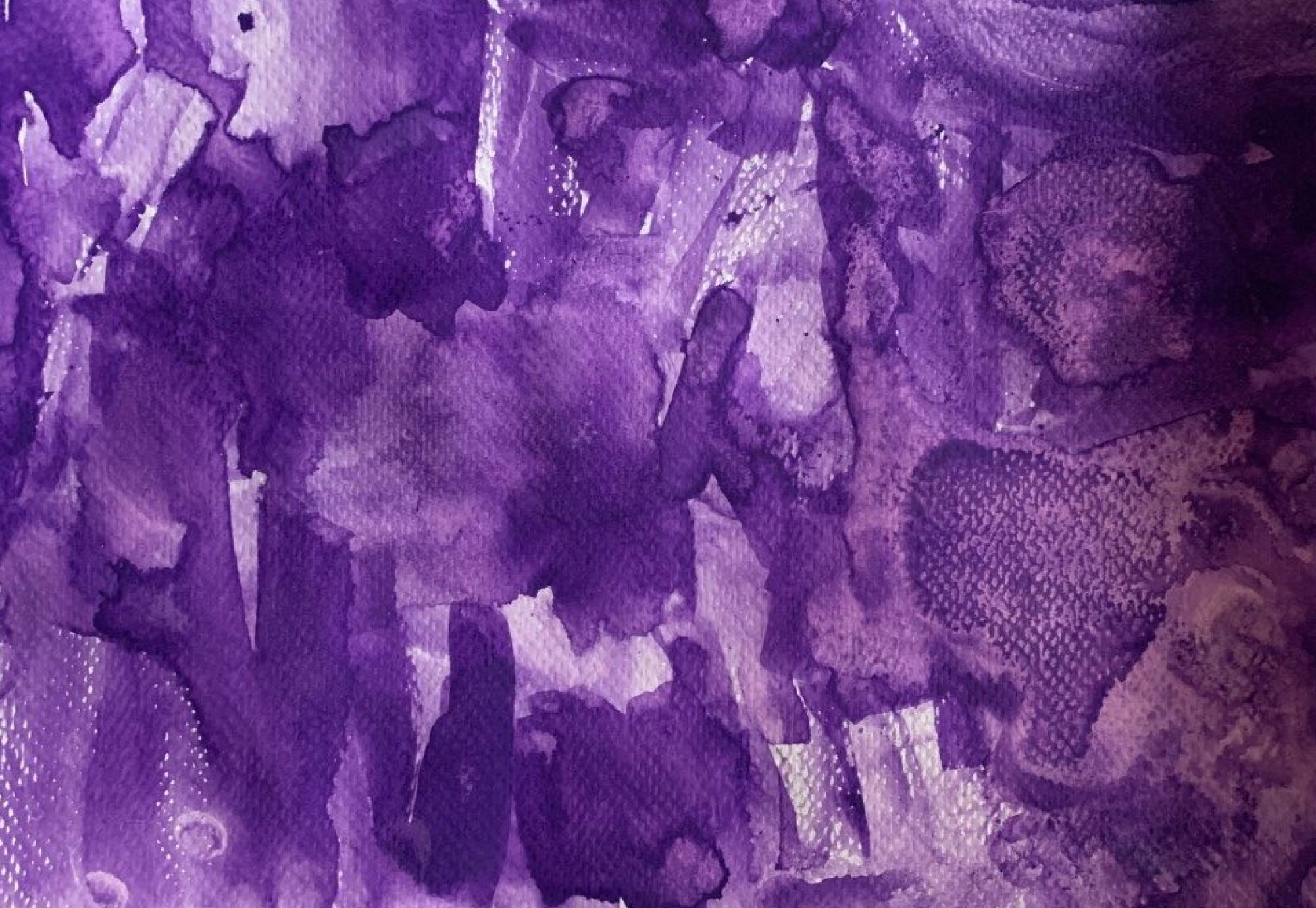In the text, RaMePOC’s research assistant Tara Nyberg reflects on mental health activism on social media platforms, with a special focus on young people of colour.
Working as a research assistant for the RaMePOC research project this summer, I have been browsing Nordic social media platforms for content related to young people and their mental health. The task was stimulating and fun, and showed different takes on dealing with the topic of mental health issues today. The varying ways of presenting facts and experiences shifted slightly throughout the platforms, where young people are speaking up about their personal struggles while combating stigma and taboos.
Most of the collected material was found on Instagram and TikTok. The platforms provide great opportunities for education and awareness-spreading, where individuals as well as collectives are taking a stance by sharing their content. I found that the material was often more professionally made on Instagram, with a more education-driven approach. Activists and content creators have more space for writing texts, publishing longer videos like reels and stories, while making everything aesthetically appealing for the viewer. TikTok, with its shorter videos and limited space for writing, provides a different experience for the consumer. Videos are often humoristic, but can also be created with an artistic approach through acting or dancing. Education and statistics is often combined with personal stories of experiences of depression, anxiety, eating disorders etc. Sometimes people share real life material; for instance, what an anxiety attack might look like, with captions explaining the story and purpose behind such content. Raw and honest takes on what mental health issues might look like is thus being shared and consumed, unfiltered.
With the special focus on young people of colour, it was interesting to notice that a lot of the Nordic content created by POCs on Instagram was made through collectives and collaborations. In Finland, @ruskeattytotmedia, @mixedfinns, @pehmeeog and @ghdhelsinki, for example, are promoting the wellbeing of people of colour while amplifying marginalized voices through shared intersections and experiences. @Raserietpodden, a Swedish podcast and Instagram account, are tackling issues of racism while discussing the effects and mental aftermaths of both activism and racial trauma. Discussions on Instagram reels are used for the same purposes, where individuals collaborate with others by doing live-talks on issues they find important. This shared content creates online spaces where mental wellbeing is being promoted through community and collective care.
Diving into the world of mental health activism made it clear that young people are making an effort to change the structures that keep issues of mental wellbeing stigmatized. By spreading awareness through their platforms, content creators make mental health issues visible and further politicized. Initiatives like Terapia Takuu for instance, are easily shared and reposted. This shows the strength behind social media activism, where knowledge, politics and mental health related content is made accessible for everyone, and young people in particular.
